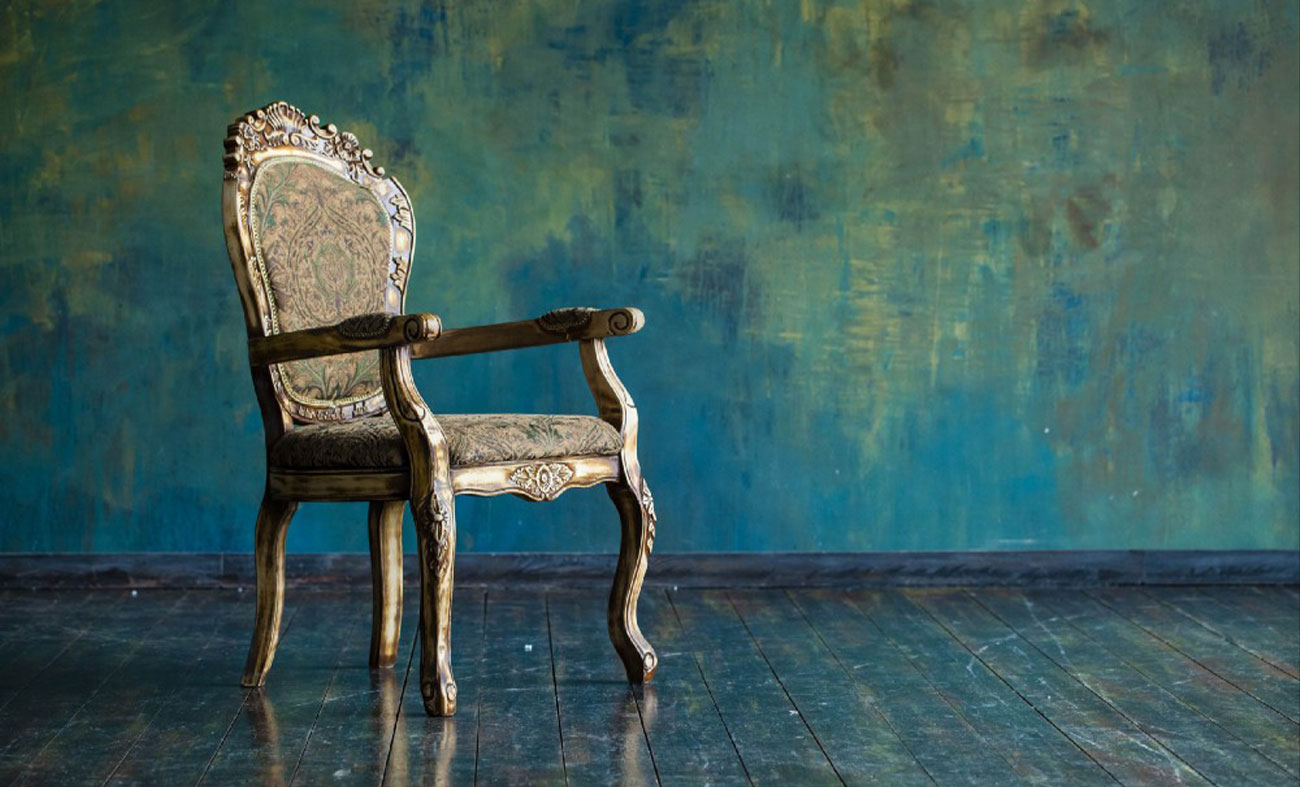
Script
Work on the script started with several index cards of ideas and dialogue exchanges. These cards mainly focused on the possible flashbacks that would be shown in the final film. With such a variety to choose from, selecting the ones to develop fully took some time.
However, the main office scene between Joel and Seraphina took shape much quicker. In fact, the opening sixty second exchange which was initially handwritten on napkins, did not change much from those early drafts. The first five lines of dialogue in the film have been there since the first draft. But the remainder of their dialogue exchange was tweaked and rewritten over a four-year period.
“Their dialogue exchange was tweaked and rewritten over a four-year period.”
It was always a script that was often returned to in between other shoots — ideas and snippets of dialogue making their way into new drafts.
To ensure the voice-overs were precise, each location was visited in advance, with the final version of those scenes being written either in the location itself, or immediately after, in a nearby café. This research enabled the details of each location to make it into the final shooting script.
As these drafts were developed, the dialogue itself was recorded as audio files to listen to the rhythm of each scene. These audio files were also used to work on the ambiguity of key moments in the film to ensure they worked as intended.
To further help with the rhythm of each scene, temp music was used alongside the audio files in Final Cut Pro. This very much enabled the full scope of the film to be grasped — every line, every beat, every moment that music would take over in place of the dialogue. The temp music used was predominately from the soundtracks of The Apartment and If Beale Street Could Talk. Two films which also were the benchmark for the tone and aesthetics.
“Each location was visited in advance, with the final version of those scenes being written either in the location itself, or immediately after, in a nearby café.”
The length of the completed script was always meant to be around the twenty-page mark. At no point was it considered to significantly reduce this page count or go above it. Twenty was always the number being aimed for with every single draft. The first few drafts did hit twenty-five pages, but as the dialogue was rewritten and the script was polished, this page count dropped down by five pages to fit within the tight parameters set at the outset of the development. Once it reached this mark it never went above it over the next four years of writing.
The only significant story change from the first draft to the shooting script, was the ending. In the very early versions of the script the story had an ending which never felt like it had the impact needed, for such a complex dialogue piece. Once the new ending was devised, the entire script was built towards that new ending. Every scene and moment had its eye on the final five pages of this script.
It remains the most meticulous short film script that Sunset Aperture ever had in development. At the end of the process, the shooting script that became the final film, was draft fifty-seven.


